Biodiversity Genomics Europe
Honour is due!
Celebrating dedication and discovery, recognizing those who inspire us all.
Meet our heroes on the field
From passion to progress, these individuals drive our mission forward.
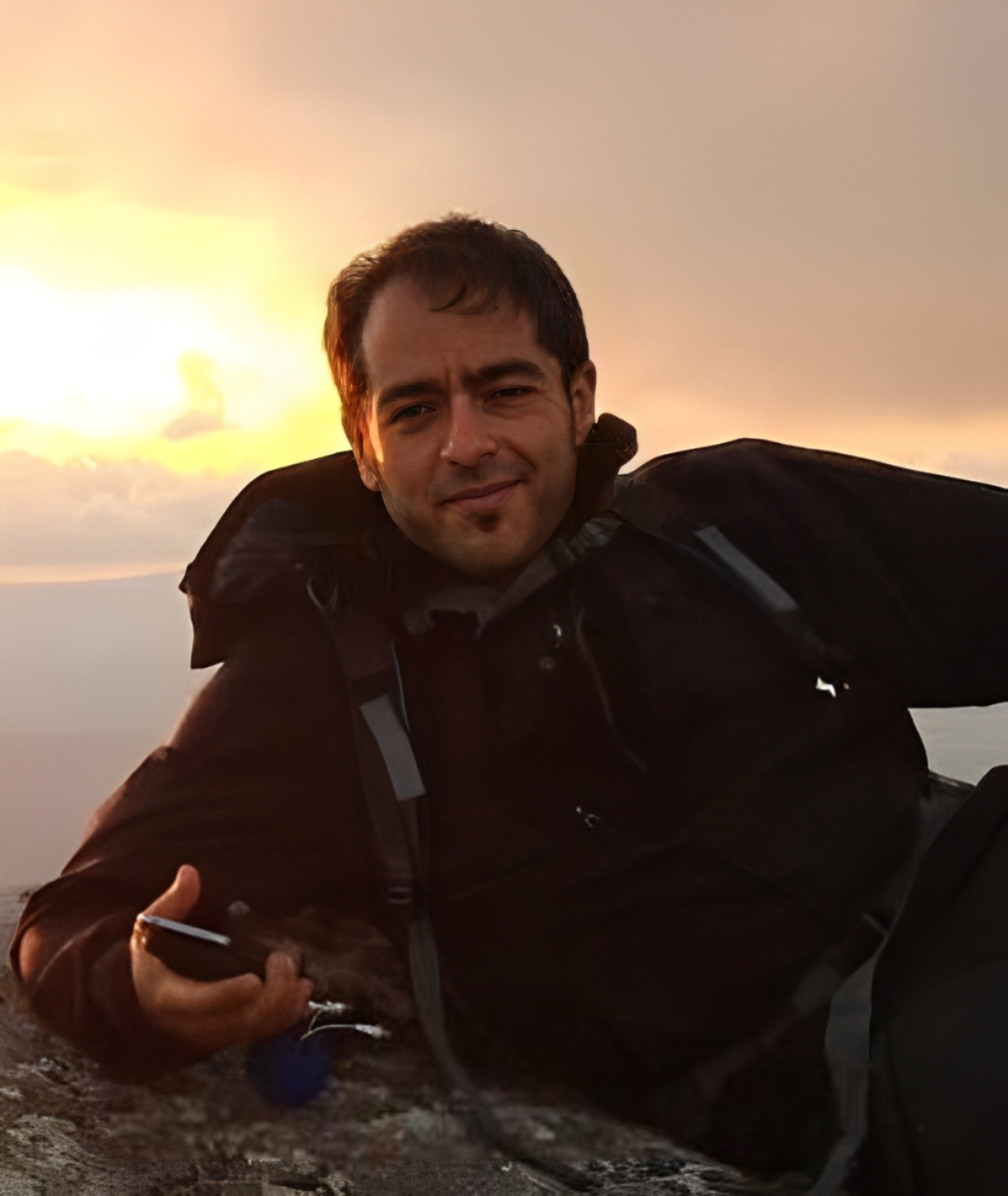
Alessandro Guaraglia, Italy
Where did you take your samples?
I took water samples from Santa Maria Navarrese and Cala Gonone in Sardinia, Italy.
What motivated you to take part in the BGE sampling?
I spend much of my free time in the wild areas of Sardinia and Lombardy, appreciating their unique environments and endemic species. I am very concerned about the loss of biodiversity (in the sampled areas, among others, the monk seal was present until a few decades ago) and the presence of invasive species (starting with our own).
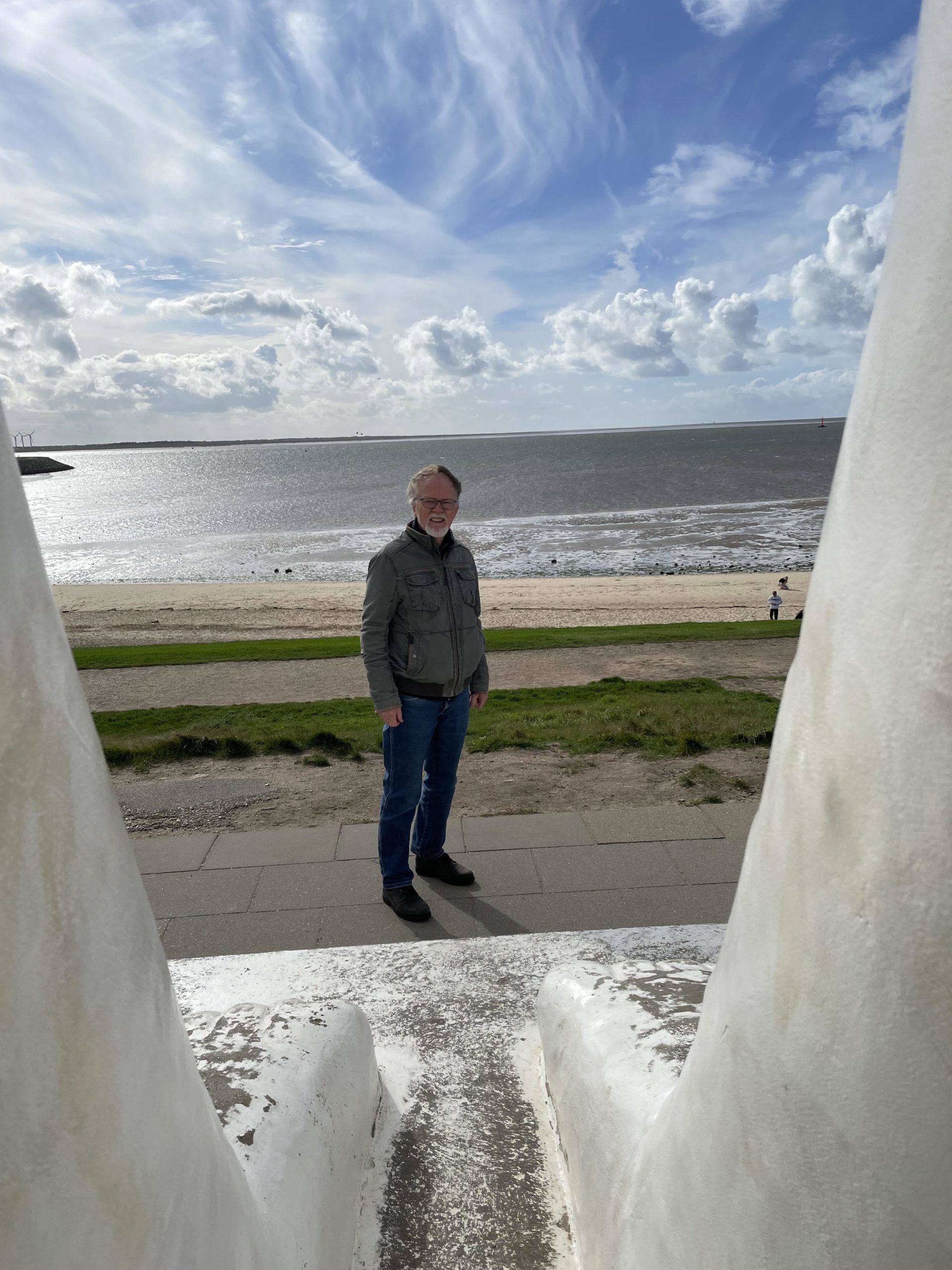
Frits Zandvoort, the Netherlands
Where did you take your samples?
I took water samples in the Eemshaven in the northeast of the country, close to where I live.
What motivated you to take part in the BGE sampling?
I think this is a great project and very important to get a better idea of all exotic species and the potential impact on the local ecosystem. I am surveying this area already since decades, seeing many interesting changes. This eDNA project would be an important addition to this.
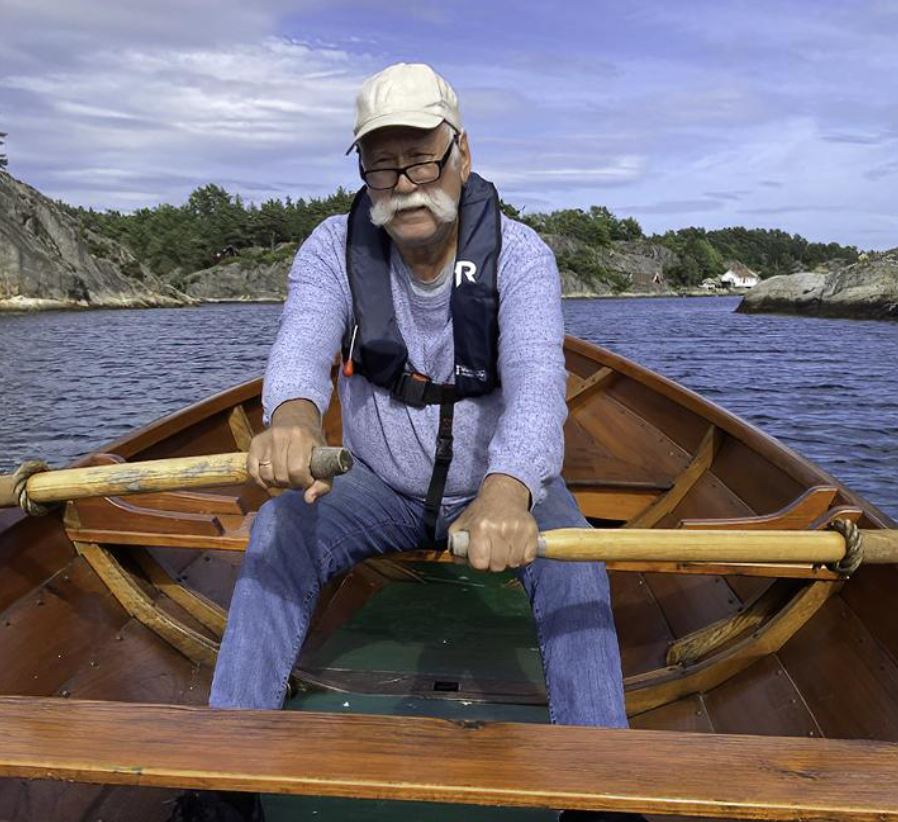
Kai Berggren, Norway
Where did you take your samples?
I provided 1100 identified specimens of Lepidoptera, mostly from Greece.
What motivated you to take part in the BGE sampling?
My colleague Torbjørn Ekrem informed me about BGE. I am an amateur entomologist that lives in the city of Kristiansand on the south coast of Norway. I have a special passion for Lepidoptera, particularly the small and inconspicuous micros which are very diverse in many habitats. I enjoy collecting, preparing and identifying insects and have participated in DNA barcoding projects since 2005. Over the last few years, I’ve collected and identified many interesting and new species both in Norway and abroad.
Kai’s data has contributed significantly to the results in this paper.
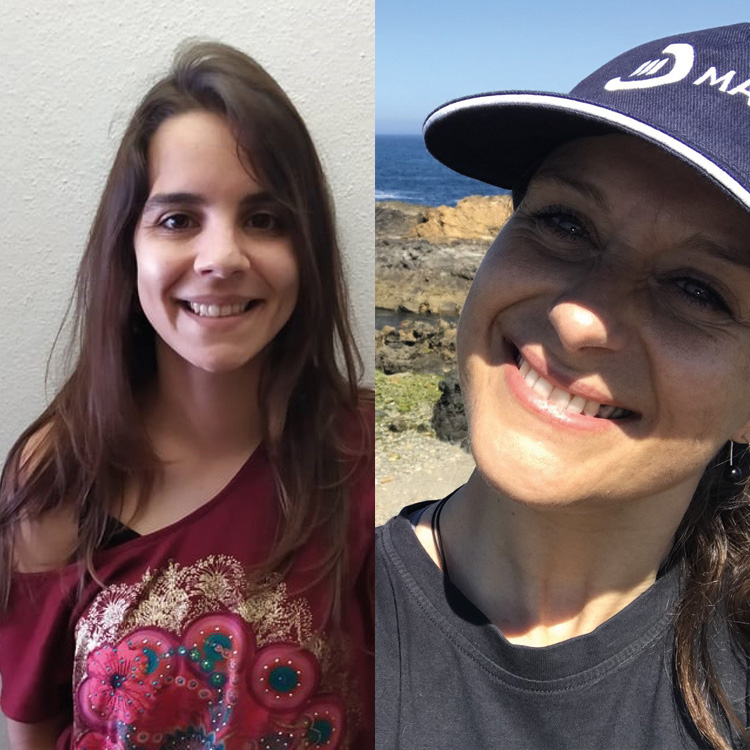
Cristina Espírito Santo
& Marta Mamede, Portugal
Where did you take your samples?
We took water samples from the Port of Sines, on the southwest coast of Portugal.
What motivated you to take part in the BGE sampling?
What motivated us to participate in this project was the fact that we are marine biologists and have worked in an environmental monitoring program for the Port of Sines for many years, and this type of methodologies are new for us. So we were curious about the results that can be obtained, and to compare them to the biodiversity we identify morphologically in our studies.
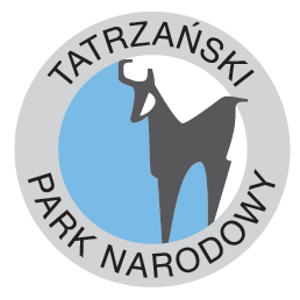
Tatra National Park staff, Poland
Where did you take your samples?
We took Arthropoda bulk samples during fieldwork within the High Mountain Sampling campaign in 2023 in the Tatra Mountain National Park (Poland) – operating 10 Malaise traps.
What is your taxonomic group of interest? What do you find particularly interesting about them?
The Tatra National Park, as a state institution established to protect nature in the Tatra area, is interested in all organisms living in the Tatras, regardless of their size or position in systematics. They constitute a very complex ecosystem whose interrelationships between organisms we are only just trying to understand.
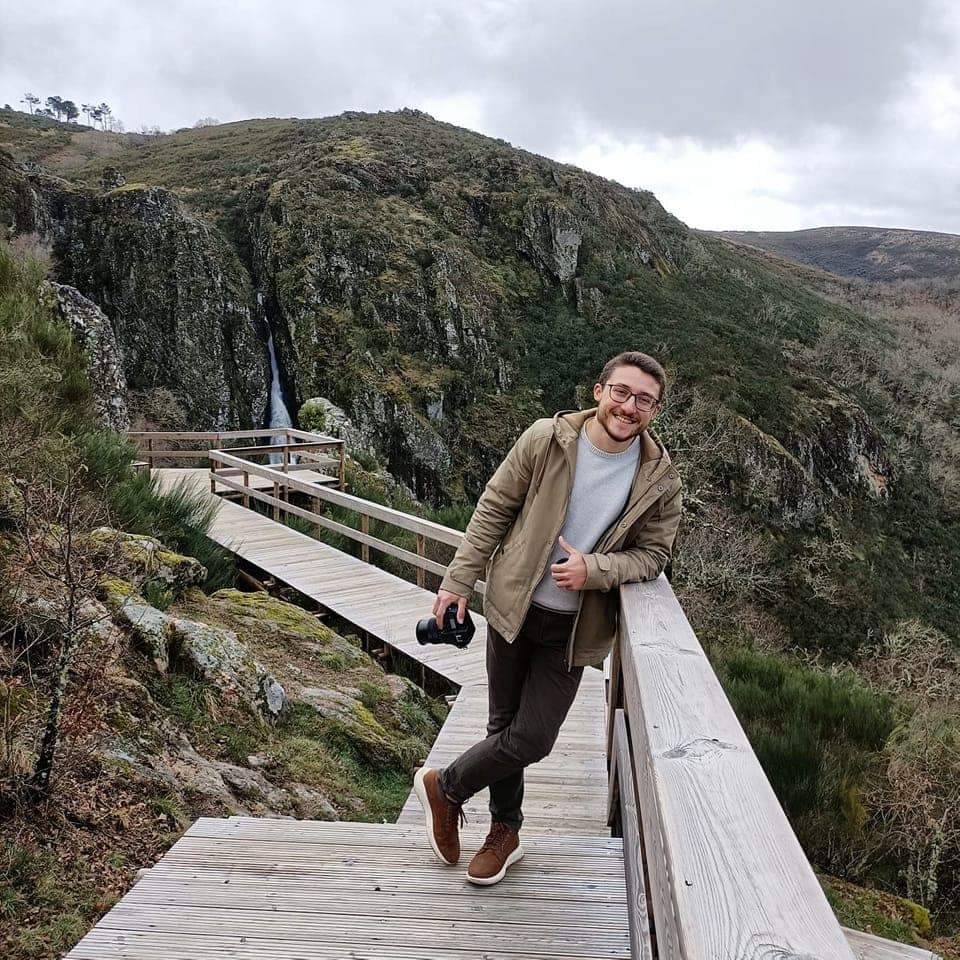
João Nunes, Portugal
What is your taxonomic group of interest?
Lepidoptera (excluding Papilionoidea)
What do you find particularly interesting about them?
Moths are both simply and complexly fascinating.
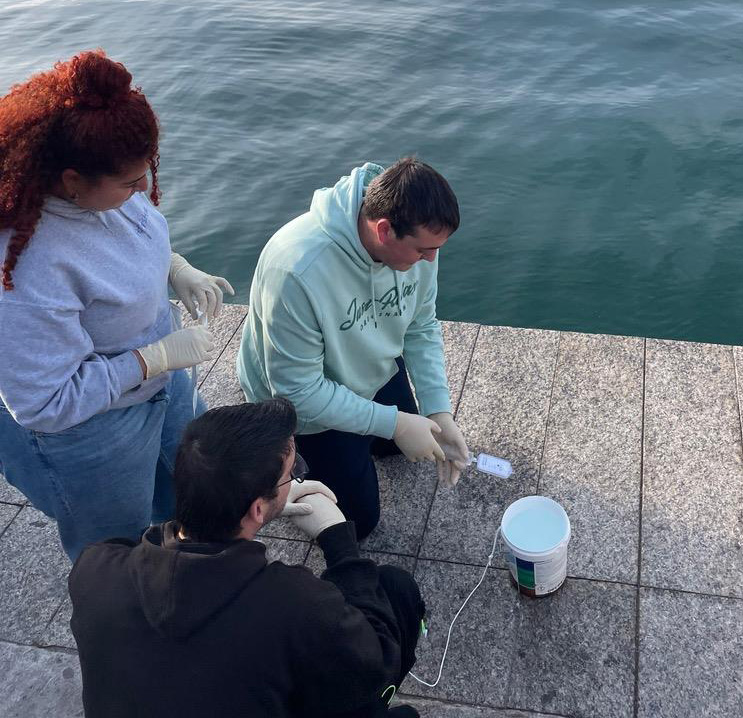
Environmental Education and Control, Barcelona Institute of Sustainable Industry, Spain
Where did you take your samples?
We took water samples from these three harbours: Barcelona Port Fòrum, Barcelona Port Olímpic and Barcelona Port Vell.
What motivated you to take part in the BGE sampling?
As an educational institution, we are passionate about the sea and actively participate in various projects related to the marine environment and the blue economy. We value practical learning experiences for our students and encourage their involvement in international citizen science initiatives. Our goal is to provide them with real-world experiences that enhance their learning and foster their engagement in marine conservation.
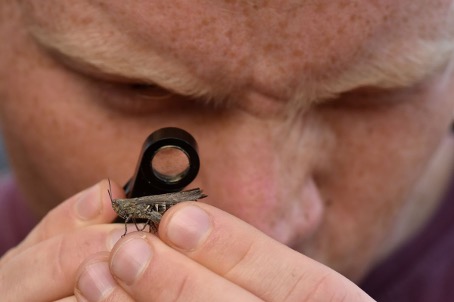
Orthoptera of Poland Project team, Poland
Who are you?
We are the Orthoptera of Poland Project team, consisting of Przemysław Żurawlew, Ryszard Orzechowski, Seweryn Grobelny, Michał Brodacki, Marcin Kutera, Paweł Radzikowski and Szymon Czyżewski.
Where did you take your samples?
Our Project aims to collect information on the distribution of all species of Orthoptera in Poland, to promote knowledge about these unusual insects and to activate those who deal with them. Updated maps show the progress of the work on the project website. We provide a proposal for a standardised Polish nomenclature, based mainly on national literature. Every new observation is valuable to us! Since 2023, the work has also included the other orders of orthopteroid insects, i.e. Mantodea, Dermaptera, and Blattodea.
What motivated you to take part in the BGE sampling?
Our team became involved in the barcoding of Orthoptera of Poland, with the hope that within a few seasons, we would be able to obtain most of the species for study – which we succeeded in doing! We realise that this is the beginning of this type of research in our country, and the material collected will be the starting point, for more detailed genetic research on these fascinating insects!
Questions or remarks?
Contact
Biodiversity Genomics Europe
Naturalis Biodiversity Center
Darwinweg 2
2333 CR – Leiden
(The Netherlands)
info@biodiversitygenomics.eu
For media inquiries, please contact:
jose.alonso@naturalis.nl
Nothing is easy but everything is possible
Citizen Science activities: Join us!
The current rate of biodiversity loss is reaching catastrophic proportions. We need to take urgent action and for that, we need to collect as much data as possible across Europe.



